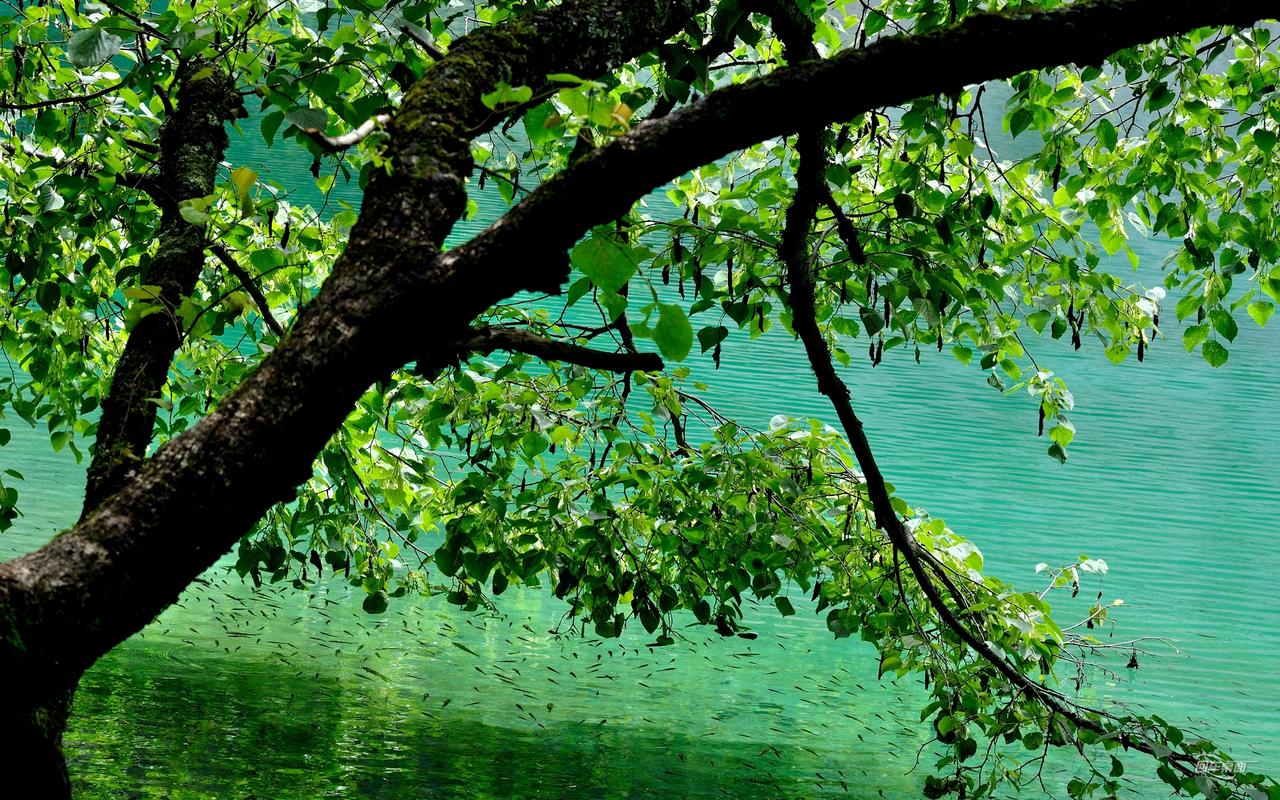Preserving the Ancient Cultural Heritage of Oceania: Importance and Challenges
Oceania is a vast region comprising of thousands of islands spread across the Pacific. It boasts of diverse indigenous cultures, which have evolved over centuries. However, with globalization and modernization, these ancient cultures are facing challenges, both internal and external. This article aims to highlight the significance of preserving the ancient cultural heritage of Oceania and explores the challenges involved.
Significance
The cultural heritage of Oceania is a treasure trove of invaluable knowledge and insight into the lifestyle and thought processes of the indigenous people. It encompasses their language, music, dance, art, craft, religion, mythology, and customs. The indigenous people of Oceania often lived in harmony with nature, which is an attribute that holds immense significance in today’s world. Their knowledge of plants and animals, resource management, and social organization provides valuable insights into maintaining ecological balance. Moreover, their art and craft reflect a deep connection with nature and often showcase intricate details and patterns that are unique to the region.
The ancient cultural heritage of Oceania has historic and aesthetic value as well. The architecture, monolithic statues, and rock drawings of Polynesia and Micronesia, for example, provide a glimpse into the past and the religious beliefs of the people. The musical tradition of Oceania, with its unique blend of vocal and instrumental techniques, has influenced modern music and has become popular worldwide.
Challenges
The preservation of the ancient cultural heritage of Oceania is not without challenges. One of the primary challenges is the loss of language. With globalization and the adoption of the dominant western culture, many of the indigenous languages are disappearing. When a language dies, so does the knowledge, ideas, and the very essence of a people. A significant loss of language is already being experienced in some parts of the region.
Another challenge is the lack of funding and support. Many cultural preservation projects are underfunded, which makes it difficult for them to sustain themselves. The local communities, who are the primary stakeholders, should be involved in the preservation efforts and given sufficient voice to express their needs. Unfortunately, they are often excluded from the decision-making process, resulting in a lack of ownership and long-term sustainability.
In addition, political instability and natural disasters harm cultural heritage preservation efforts. Political instability often leads to the destruction of cultural sites, with ethnic conflicts and wars causing immense damage. Natural disasters, such as typhoons or earthquakes, can also wipe out historic sites and artifacts.
Conclusion
The preservation of the ancient cultural heritage of Oceania is critical, both for the indigenous people and the world at large. It offers valuable lessons about ecological balance, resource management, and community living. Cultural heritage preservation projects require adequate funding, community involvement, political stability, and long-term vision. Most importantly, there is a need to involve the indigenous communities actively in the projects to ensure sustainable preservation of their ancient cultural heritage. Preserving the ancient cultural heritage of Oceania is essential to understand the past, build the future, and connect with nature.
(Note: Do you have knowledge or insights to share? Unlock new opportunities and expand your reach by joining our authors team. Click Registration to join us and share your expertise with our readers.)
Speech tips:
Please note that any statements involving politics will not be approved.
